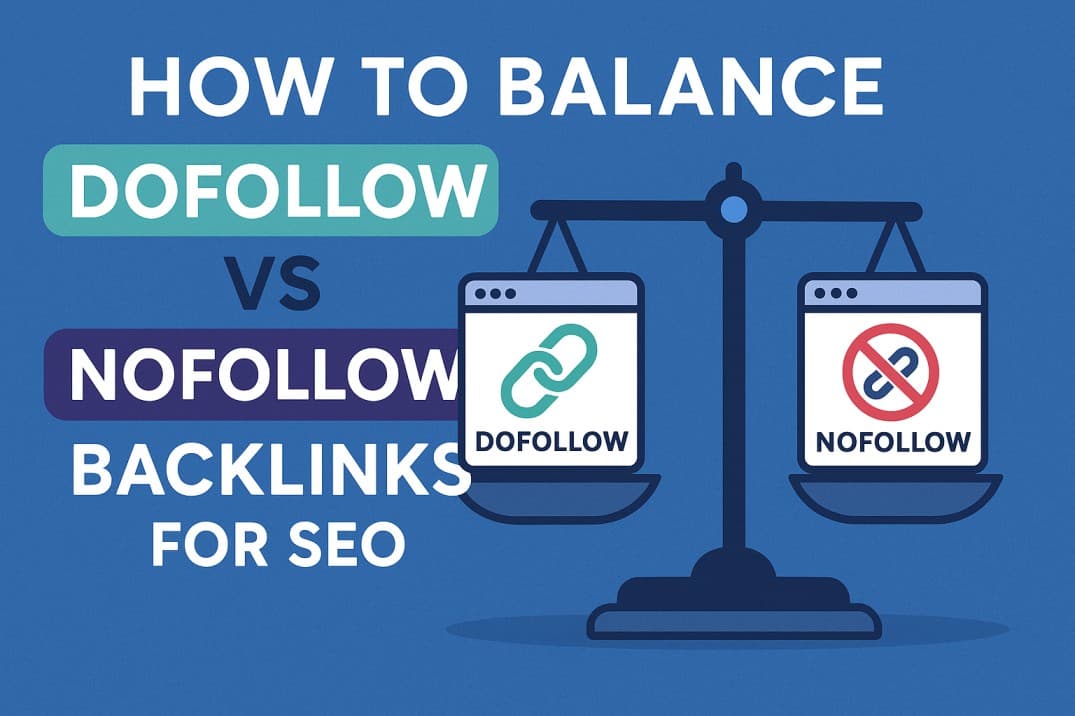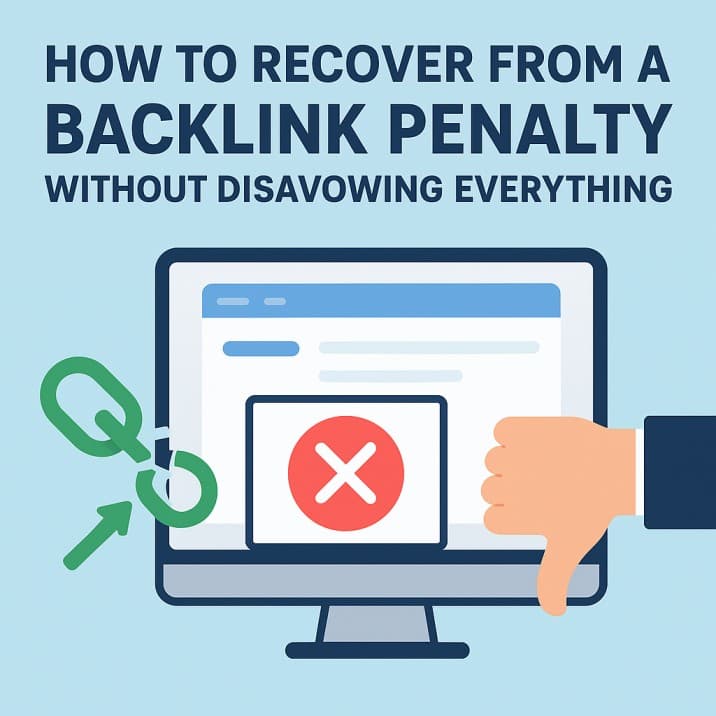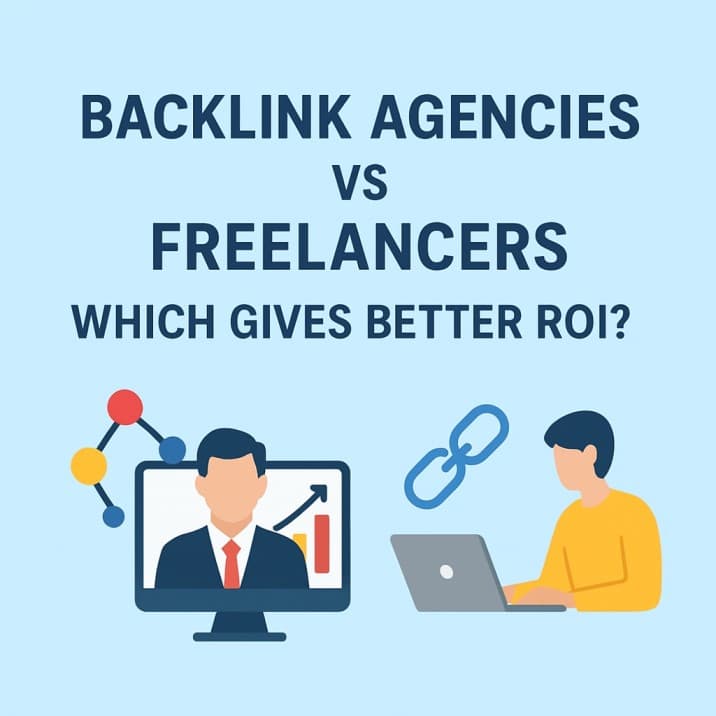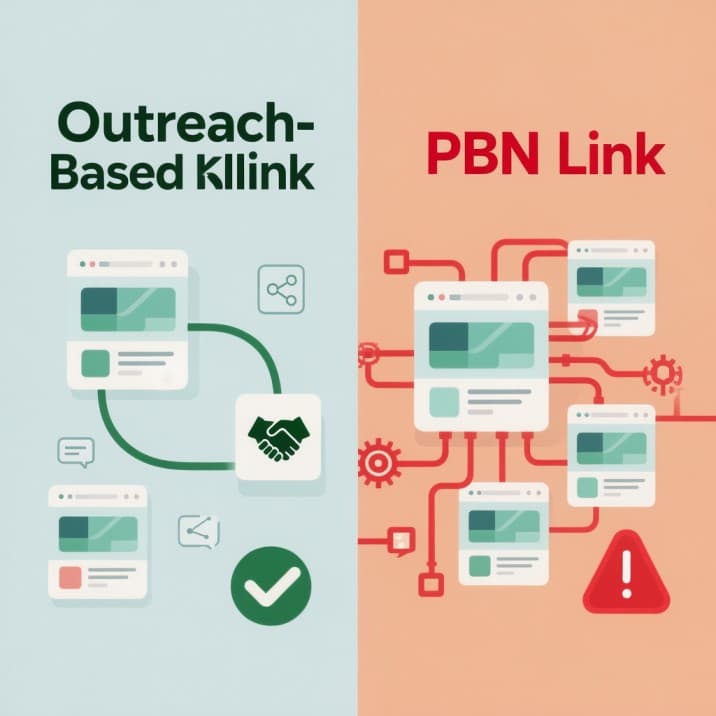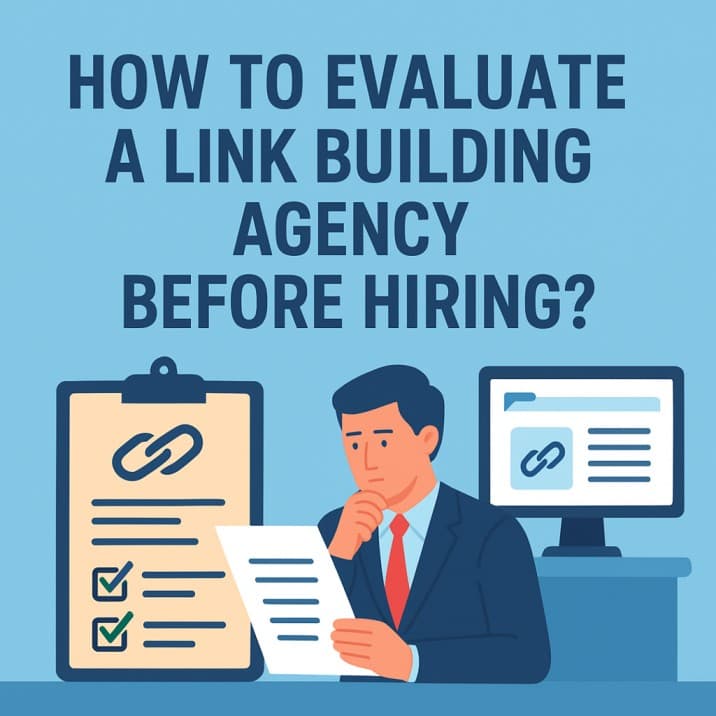
What Makes a Backlink Service White Hat and Google Safe?
Backlinks are links from other websites that point to your site. They act as votes of trust for search engines. When a website with high authority links to your pages, Google sees your site as more reliable and relevant.
Not all backlinks are created equal. Some can harm your site, while others can improve your rankings safely. Ethical link building follows clear rules, avoids shortcuts, and focuses on quality over quantity.
Website owners, SEO analysts, and digital marketers often face the challenge of finding backlink services that are safe and effective. Understanding what makes a backlink service white-hat helps avoid penalties and build long-term organic growth.
What is a White-Hat Backlink Service?
A white-hat backlink service focuses on building links ethically and naturally. It avoids shortcuts or methods that try to trick search engines. Such services prioritize quality, relevance, and transparency.
Safe backlink services earn links from websites that are trusted and have high authority. They focus on content that adds value to readers instead of simply creating links for SEO purposes.
Black-hat practices, like buying bulk links or using link farms, can lead to Google penalties. White-hat services avoid these risky techniques. They create a sustainable strategy that supports long-term organic growth.
Clients often choose white-hat services for their reliability. Ethical link building ensures that backlinks improve site credibility, traffic, and search engine rankings without causing harm.
Why Google Safety Matters for Backlinks?
Google evaluates websites based on trust and relevance. Backlinks play a major role in this process. Links from reputable sites signal that your content is valuable, while low-quality links can hurt your rankings.
Unsafe backlinks often come from spammy websites or automated link networks. Google identifies these patterns and may penalize sites that use them. Penalties can lead to lower search rankings, reduced traffic, and loss of credibility.
Following Google-safe practices helps maintain a strong link profile. Backlinks from relevant and authoritative sites boost your website’s reputation and improve organic growth. Ethical link building protects your site from risks while supporting long-term SEO success.
Key Criteria to Identify a Google-Safe Backlink Service
Natural Link Building
A safe backlink service focuses on links that appear earned, not forced. Reputable services target websites with high domain authority and relevant content. Natural links improve credibility and long-term SEO performance.
Diversity of Backlinks
Backlinks should come from different types of websites to create a balanced link profile. Services that rely on only a few sources or automated networks increase the risk of Google penalties.
Transparent Reporting
Trustworthy services provide clear reports showing where links are placed and how they support SEO goals. Avoid services that promise hundreds of links quickly or use private blog networks.
Relevance of Links
Backlinks from websites related to your niche carry more value and are safer in Google’s eyes. Ethical services focus on quality, maintain steady growth, and prioritize relevance over quantity.
Types of White-Hat Backlinks
- Guest Posting: Publishing content on reputable websites in your niche is a common white-hat strategy. Guest posts provide value to readers while earning a natural backlink to your site.
- Editorial Mentions: Editorial backlinks come from mentions in news articles, blogs, or industry publications. These links are earned through quality content or expert insights.
- Resource Page Links: Some websites maintain resource pages for useful tools or content. Getting listed on these pages provides high-quality backlinks and drives targeted traffic.
- Content Marketing and Infographics: Creating valuable content, such as infographics or guides, encourages other websites to link naturally. Sharing informative and engaging content increases the chances of earning backlinks.
- Partnerships and Sponsorships: Collaborating with industry partners or sponsoring events can generate backlinks from reputable sites. These links are safe and help establish authority within your niche.
Common Mistakes That Make Backlinks Risky
- Over-Optimized Anchor Text: Using the same keywords repeatedly in anchor text can appear unnatural to Google. Balanced and varied anchor text keeps backlinks safe.
- Buying Low-Quality Links: Purchasing bulk links from unknown or spammy websites can harm your site. Google may detect these links and apply penalties.
- Using Spammy Directories or PBNs: Link farms and private blog networks (PBNs) offer large numbers of backlinks quickly. Such methods are unsafe and can lead to severe ranking drops.
- Ignoring Link Relevance: Backlinks from unrelated websites have little value and may be considered spammy. Focusing on relevant sites ensures links are safe and effective.
How to Audit a Backlink Service Before Investing?
Check Backlink Quality and Authority
Examine the websites where backlinks are placed. Focus on domains with high domain authority and good reputation. A backlink from a trusted site carries more weight than several links from low-quality sources. Look at the site’s content quality, relevance to your niche, and traffic levels. Avoid services that rely heavily on spammy or unrelated sites, as these links can trigger Google penalties.
Analyze Anchor Text Diversity
Anchor text should appear natural and varied. Services that repeat the same keywords in every link create a pattern that Google may flag as manipulative. Check that anchor text includes branded terms, generic phrases, and partial keywords along with exact matches. A balanced approach signals to search engines that links were earned organically.
Use Backlink Audit Tools
Leverage tools like Ahrefs, SEMrush, or Moz to review the service’s link profile. Look for low-quality or spammy backlinks, sudden spikes in link numbers, or links from unrelated niches. These tools also provide metrics like domain authority, trust flow, and referring domains, helping you evaluate the service’s effectiveness and safety.
Review Historical Link-Building Strategies
Investigate how the service has built links in the past. Reliable services follow ethical methods such as guest posting, editorial mentions, and outreach campaigns. Avoid services with a history of private blog networks, automated link generation, or bulk link purchases. Transparent reporting and case studies from previous campaigns indicate experience and trustworthiness.
Evaluate Long-Term Sustainability
A safe backlink service should focus on steady growth, not quick results. Ask about their strategy for maintaining link quality over time and handling Google algorithm updates. Services that prioritize long-term relevance and traffic growth are more likely to provide white-hat, Google-safe backlinks.
Best Practices for Safe Link Building
Prioritize Quality Over Quantity
Focus on acquiring backlinks from authoritative and relevant websites. A few high-quality links are more valuable than hundreds of low-quality links. Quality backlinks improve rankings, increase trust, and provide long-term SEO benefits.
Target Niche-Relevant Sites
Backlinks from websites in the same industry or niche carry more weight. Relevant links show Google that your content is useful and trustworthy within your field. Avoid links from unrelated sites, as they may appear spammy.
Build Relationships with Influencers and Bloggers
Outreach to bloggers, journalists, or industry experts helps earn editorial mentions and guest post opportunities. Relationship-based link building creates organic backlinks and enhances your site’s credibility.
Diversify Link Types
Use a mix of do-follow and no-follow links, resource page links, and editorial mentions. A diverse link profile appears natural to search engines and reduces the risk of penalties.
Maintain a Steady, Natural Growth Pattern
Sudden spikes in backlinks can look unnatural to Google. Focus on consistent growth over time, gradually building authority and trust. Steady link acquisition demonstrates a genuine popularity and content value.
Leverage Content Marketing
Creating valuable content such as guides, infographics, or case studies encourages other websites to link naturally. Content that educates, informs, or entertains attracts backlinks organically and supports white-hat strategies.
Tools and Resources for Evaluating Backlink Safety
- Backlink Audit Tools: Tools like Ahrefs, SEMrush, and Moz provide detailed insights into backlink profiles. They help identify low-quality links, check domain authority, and monitor referring domains. Regular audits ensure your backlinks remain safe and effective.
- Google Search Console: This free tool shows which websites link to your site and highlights any sudden changes. Monitoring backlinks in Search Console helps detect suspicious activity and take corrective action promptly.
- Moz Link Explorer: Moz Link Explorer evaluates link quality, domain authority, and spam score. It provides a clear view of your backlink health, helping you avoid risky links.
Tips for Monitoring Link Profile Health
- Regularly check new backlinks for relevance and quality.
- Remove or disavow spammy or low-quality links.
- Track anchor text distribution to ensure natural patterns.
- Monitor referring domains to maintain diversity.
Conclusion
Choosing a white-hat backlink service is essential for safe and sustainable SEO growth. High-quality links from relevant and authoritative websites improve credibility, traffic, and search rankings.
Avoid risky practices such as buying low-quality links, overusing keywords in anchor text, or relying on spammy directories. Focus on natural link building, diverse sources, and steady growth.
Regularly auditing backlinks with tools like Ahrefs, SEMrush, and Google Search Console helps maintain a healthy link profile. Ethical backlink services provide transparency, proven strategies, and long-term results.
Investing in a Google-safe backlink service protects your website from penalties while supporting lasting organic growth. Building links ethically ensures your SEO efforts remain effective and trustworthy.
Frequently Asked Questions
What is a white-hat backlink service?
A white-hat backlink service builds links ethically and naturally. It focuses on quality, relevance, and transparency instead of using shortcuts like link farms or automated link networks.
How can I tell if a backlink service is Google-safe?
Check for high-quality, niche-relevant backlinks, diverse sources, transparent reporting, and ethical strategies. Avoid services promising bulk links or using private blog networks.
Why are backlinks important for SEO?
Backlinks act as votes of trust for your website. Google uses them to measure credibility, relevance, and authority, which can improve your rankings and drive organic traffic.
What types of backlinks are considered safe?
Safe backlinks include guest posts on reputable websites, editorial mentions, resource page links, content marketing links, and backlinks from partnerships or sponsorships.
How do I audit a backlink service before using it?
Use tools like Ahrefs, SEMrush, and Moz to check link quality, domain authority, anchor text diversity, and historical strategies. Look for transparency and proven ethical practices.
What are the risks of unsafe backlinks?
Low-quality or spammy backlinks can lead to Google penalties, ranking drops, reduced traffic, and damage to your website’s credibility.
How often should I audit my backlinks?
Perform a backlink audit at least once every three to six months. Regular audits help identify harmful links early and maintain a Google-safe link profile.

